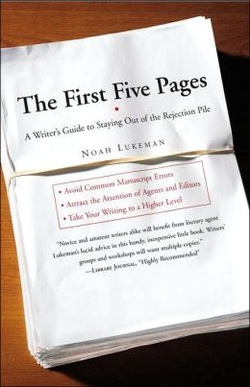
"I'm hard at work on my first round of edits for SAVE ME. I absolutely love the new title! I'm still somewhat in shock that I skipped the process of getting an agent. I also skipped the revision stage that usually happens when an agent represents an author, before a book is submitted to a publisher. It's daunting, but exciting!
I rely heavily on outlines when I write. I also spend most of my waking hours in a dream world in my head, watching my characters and recording their doings and dialogue. I'm beyond happy to be getting paid to do what I love. I've been doing it for years anyway and don't see myself ever stopping.
If I were to recommend three books on writing, I'd say a writer would do well to begin with Stephen King's, ON WRITING. It's an entertaining read and full of basic pointers. Donald Maass's, WRITING THE BREAKOUT NOVEL is also a good one to help a writer figure out ways to make their book stand out. Before a writer starts a story, or at least before they revise and start querying, I'd recommend Noah Lukeman's, THE FIRST FIVE PAGES: A Guide to Staying Out of the Rejection Pile. Most everything Noah points out that agents and editors look for in the first five pages can be applied to an entire novel.
Noah Lukeman's chapter, Subtlety, helped me the most. In it, he says, "...if we were to stop and ask what best signals the proficient writer, the answer would probably be subtlety. Less is always more. Subtlety is the mark of confidence and is thus by far the hardest thing for a writer to achieve." He goes on to ask, "Will a reader want to read your book twice? Three or more times? If not, why not? Is so, what will he gain from additional reading?" Working toward achieving subtlety in my work has been challenging, but rewarding. I often turn back to Lukeman's book, and am constantly working to improve at all the aspects it covers.
In my experience, getting published takes a lot of hard work and a little luck. Those who love writing will put in the time and effort. I've been told it often takes 10,000 hours of practice before one's writing reaches a professional, publishable level. That sounds about right to me. Good thing the journey is a fun one!"
Increase your hour count this weekend - pick up one of these books. Got a craft book you can't live without? I'd love to hear about it, please leave a comment!
Pre-order Jenny's book on Amazon.
You can also follow Jenny on Twitter: @jennykelliott
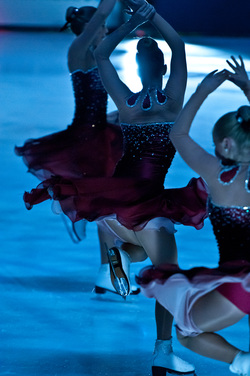

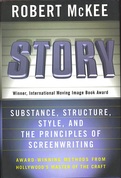


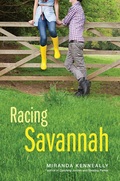


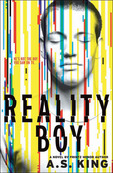
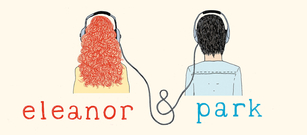

 RSS Feed
RSS Feed